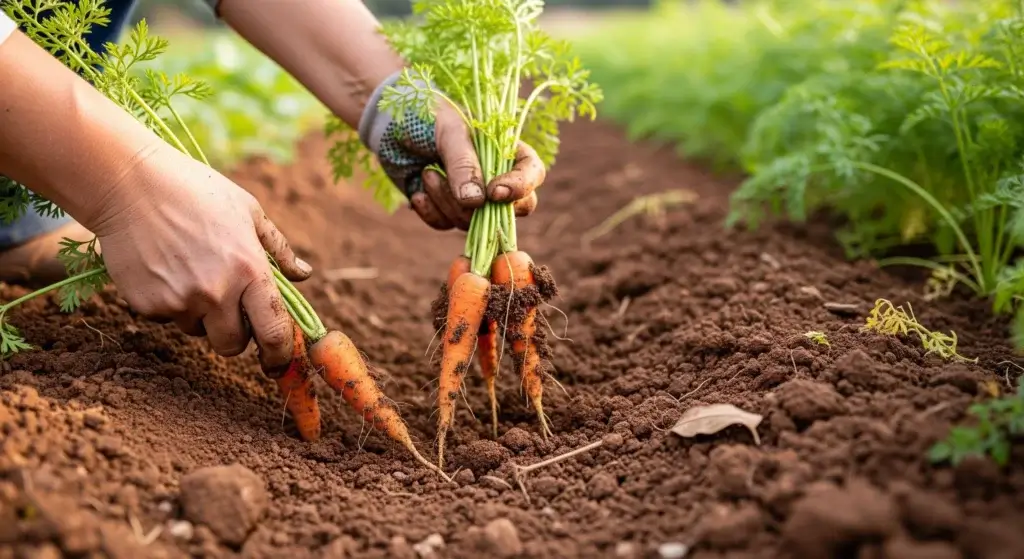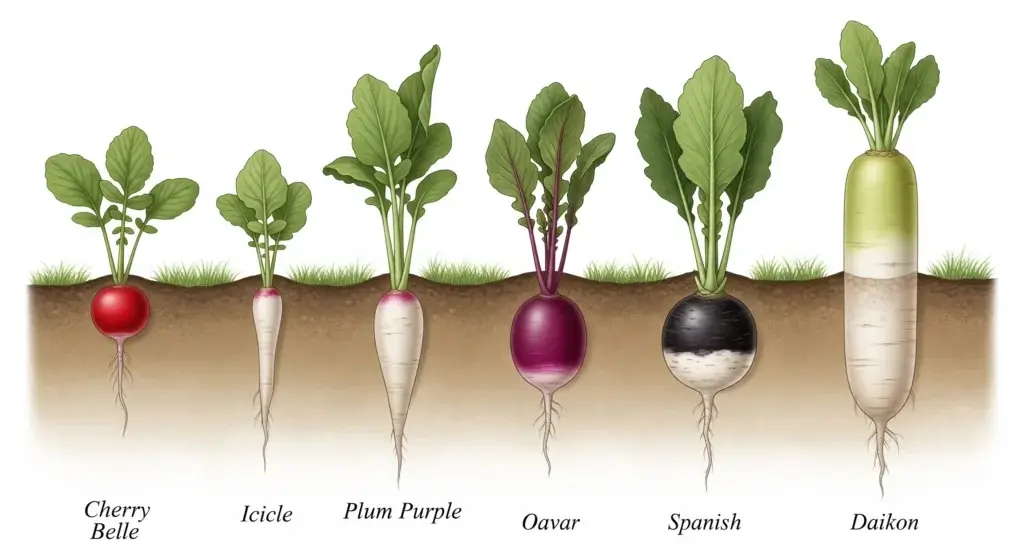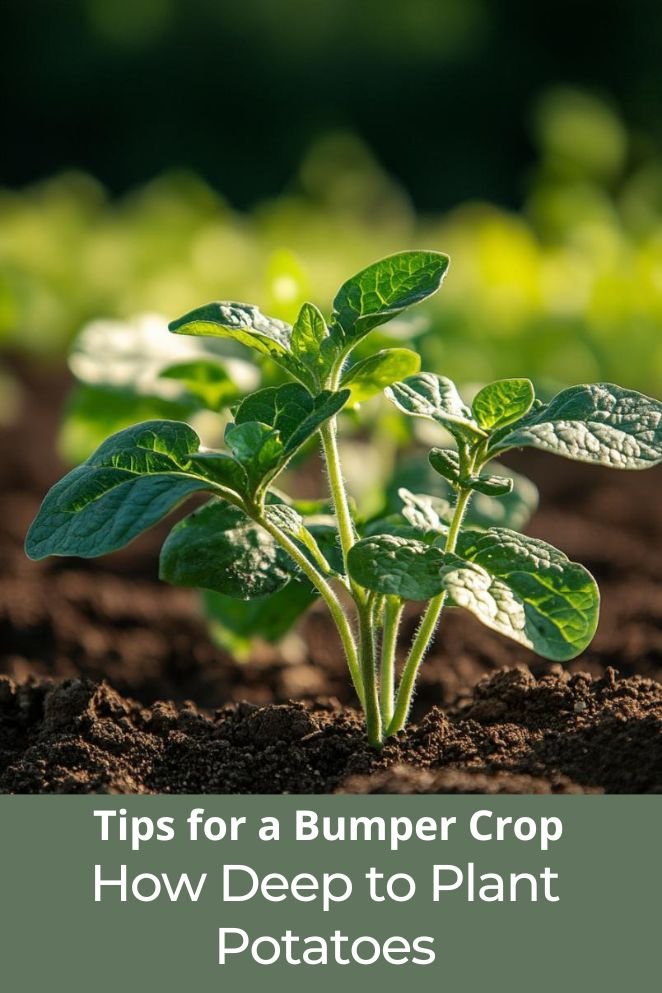
Planting potatoes may seem like a straightforward task, but there’s more to it than simply sticking them in the ground.
One of the most crucial factors to consider is how deep to plant them.
This decision can greatly influence the health of your potato plants and the quality of your harvest.
Whether you’re a seasoned gardener or a novice, understanding the correct planting depth is essential to ensure your potatoes thrive.
In this post, we’ll explore why planting depth matters, present three common options for planting potatoes, discuss how to plant them in containers, and answer some frequently asked questions.
Why It’s Important to Know How Deep to Plant Potatoes
Planting depth is one of the most critical factors when growing potatoes.
Getting it right can make a significant difference in the quality and quantity of your harvest.
Here’s why it’s so important:
Prevention of greening
Planting potatoes too shallow can cause the tubers to form at the soil surface, where they are exposed to sunlight.
This leads to the formation of chlorophyll, making the tubers green and bitter.
Green potatoes contain solanine, a toxic compound that can be harmful if ingested in large quantities.
- Read also: Potato Watering Requirements: Keep Your Potatoes Healthy
- Read also: The Ultimate Guide to Hilling Potatoes in Raised Beds
Optimal growth and yield
The ideal planting depth can significantly impact the yield and quality of potatoes.
For example, planting at 20 cm depth can produce higher yields and better tuber quality compared to shallower or deeper planting.
Different depths can affect the number of stems, leaf area, and tuber size, with optimal conditions often found at intermediate depths.
Soil conditions
Soil moisture and temperature are critical factors in determining the optimal planting depth.
In dry soil, potatoes should be planted deeper to avoid drying out, while in wet soil, shallower planting is preferred to avoid waterlogged conditions.
Deep planting in warm conditions can also help avoid surface temperature fluctuations.
Seed quality and emergence
The physiological stage of the seed tuber, its size, and condition can influence the optimal planting depth.
Shallow planting can accelerate emergence but may increase the risk of disease exposure, while deeper planting can delay emergence but reduce this risk.
Mechanized planting efficiency
The efficiency of mechanized planting procedures also depends on the planting depth.
Proper depth ensures uniform emergence and plant development, making subsequent farming practices like hilling, irrigation, and harvesting easier.
Root system weakness
Potatoes have a weak root system, and planting too deeply can lead to the tubers being killed or not properly covered with soil, which risks damaging the tubers
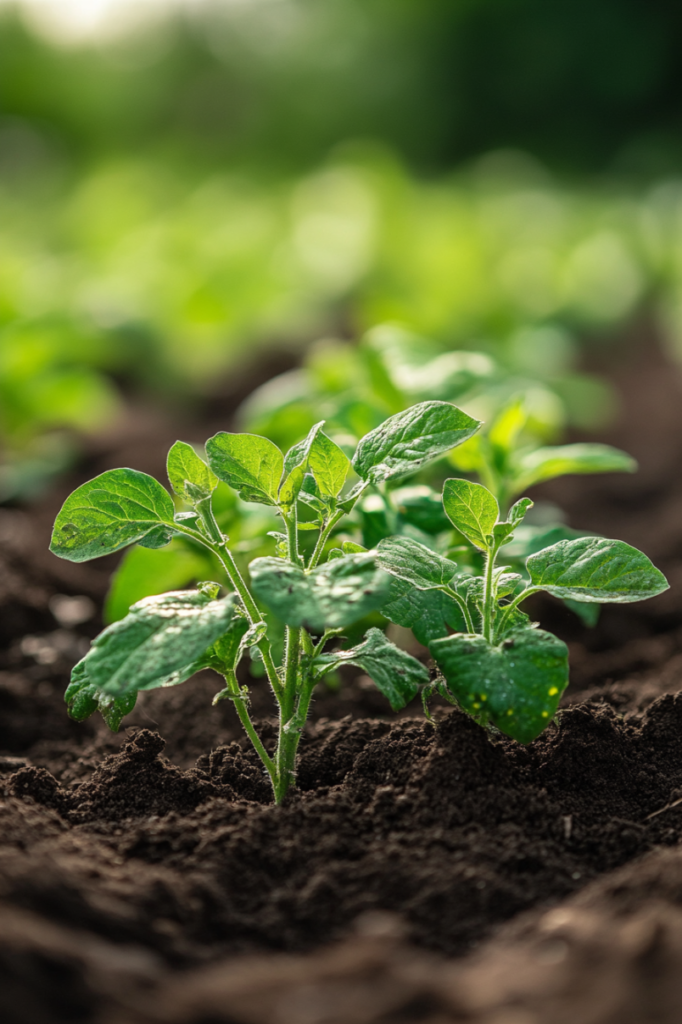
Options for How Deep to Plant Potatoes
When it comes to planting depth, gardeners generally follow one of three common methods.
Each has its advantages, depending on your specific growing conditions and goals.
Shallow planting (2-4 inches deep)
Shallow planting is a method where seed potatoes are planted just a few inches below the soil surface.
This method is often used in regions with heavy or clay soils, where deeper planting could lead to poor drainage and rot.
By planting shallow, the potato plants can emerge more quickly, which is beneficial in cooler climates where the growing season is shorter.
However, with shallow planting, you’ll need to be diligent about hilling soil or mulch around the plants as they grow.
This process, known as “earthing up,” helps to protect the developing tubers from sunlight and provides additional support to the plant.
Intermediate planting (4-6 inches deep)
Intermediate planting is the most common depth for planting potatoes.
At this depth, the seed potatoes are deep enough to develop a strong root system while still being close enough to the surface to receive adequate warmth from the sun.
This method strikes a balance between promoting strong plant growth and protecting the tubers from potential damage.
This method works well in most soil types and is particularly effective in well-draining, loamy soils.
It also reduces the need for frequent hilling, as the soil already covers the developing tubers sufficiently.
Deep planting (6-8 inches deep)
Deep planting is often chosen in sandy or loose soils where potatoes can easily push through the soil as they grow.
This method is beneficial in areas where the weather is warm and dry, as the deeper soil stays cooler and retains moisture longer, providing a more stable environment for the tubers.
While deep planting reduces the need for hilling, it’s important to monitor the soil conditions closely.
In wet climates, deep planting could increase the risk of rot if the soil doesn’t drain well.
However, in arid regions, it can help protect the tubers from drying out.
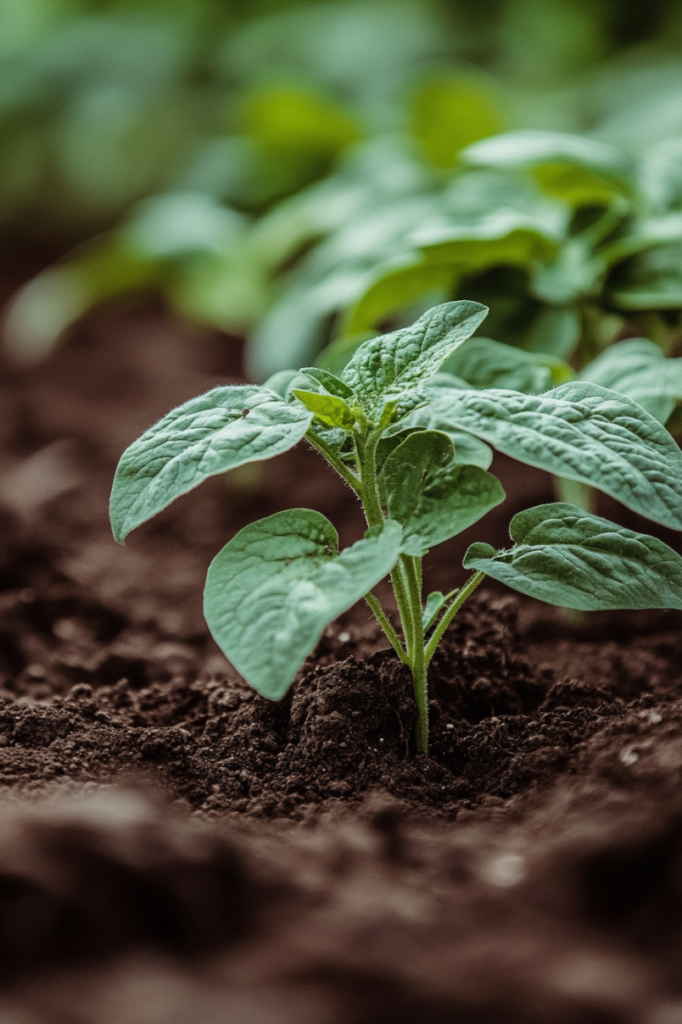
How Deep to Plant Potatoes in Containers
Growing potatoes in containers is becoming increasingly popular, especially for those with limited garden space or poor soil conditions.
The principles of planting depth are similar, but there are some key differences to consider.
When planting potatoes in containers, aim for a depth of about 4-6 inches.
Start by filling the container with 4 inches of soil, placing the seed potatoes on top, and then covering them with another 2 inches of soil.
As the plants grow, continue adding soil or mulch to ensure the developing tubers are always covered.
Container gardening offers the advantage of being able to control the growing environment more closely.
You can easily adjust the soil composition, moisture levels, and sunlight exposure to suit your potatoes’ needs.
Additionally, containers can be moved to protect plants from extreme weather conditions.
One thing to keep in mind is the size of your container.
Potatoes need plenty of space to develop, so choose a container that is at least 12-15 inches deep and wide.
The deeper the container, the more room there is for the roots to grow, which can lead to a more abundant harvest.
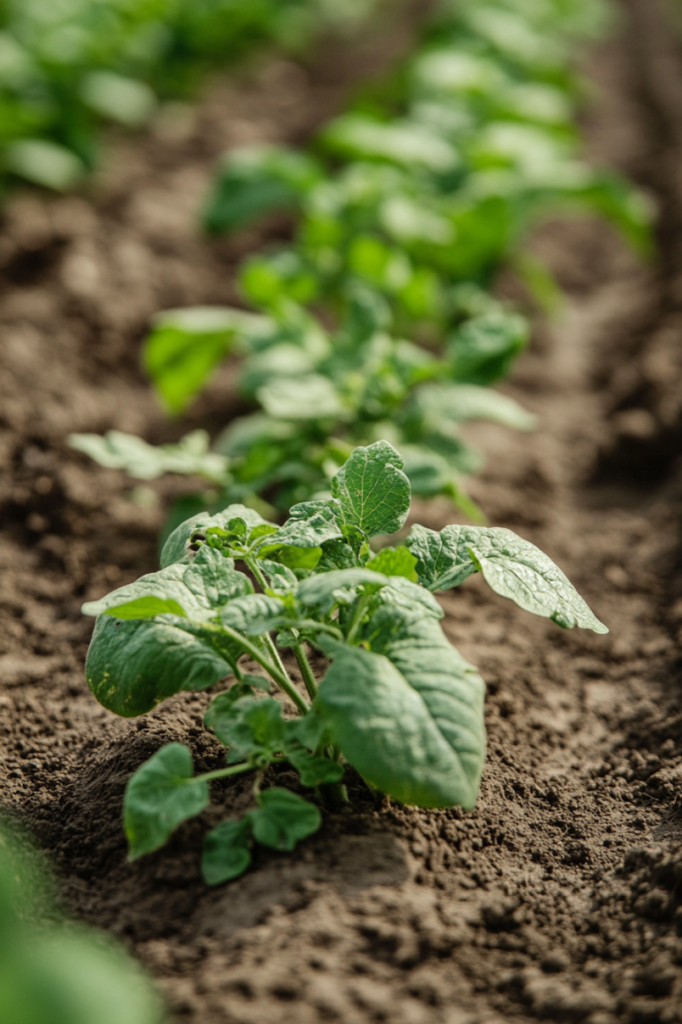
- Read also: Why Are My Potato Leaves Curling? Common Causes and Solutions
- Read also: Why Your Potatoes Are Not Flowering: Common Issues and Solutions
Conclusion
Knowing how deep to plant potatoes is a critical factor that can make or break your harvest.
Whether you opt for shallow, intermediate, or deep planting, the key is to match your planting depth to your soil type, climate, and growing conditions.
By doing so, you’ll give your potatoes the best chance to thrive and produce a bountiful crop.
When planting in containers, remember to maintain the right depth and provide ample space for growth.
With careful attention to planting depth, you can enjoy a successful potato harvest, whether you’re growing them in the ground or in a container.
FAQs
Yes, planting potatoes too deep can result in poor sprouting and weak plant growth. It’s important to find the right balance based on your soil type and climate.
If planted too shallow, potatoes can be exposed to sunlight, turning them green and making them toxic. Shallow planting also increases the risk of damage from pests.
You should hill potatoes when the plants reach about 6-8 inches in height. This helps protect the tubers from sunlight and supports plant growth.
While potatoes can be grown in containers, it’s important to choose one that is at least 12-15 inches deep and wide to allow sufficient space for root development.
Deep planting can help retain moisture, but it’s still important to monitor soil moisture levels, especially in dry climates. Water consistently to keep the soil evenly moist but not waterlogged.

